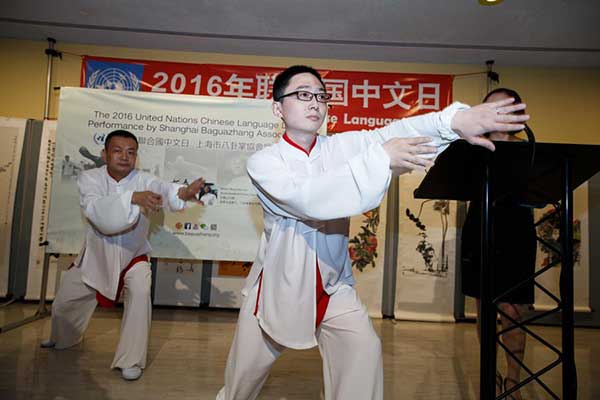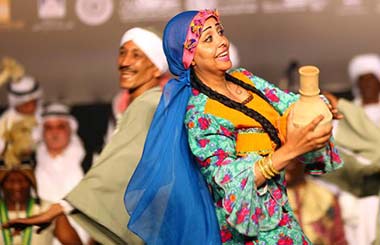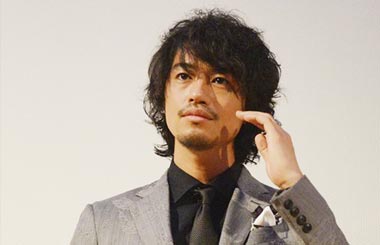 |
|
The UN Chinese Language Day was created by the UN to pay tribute to Cangjie, a mythical figure who is credited with having invented Chinese characters around 5,000 years ago.[Photo/Xinhua]
|
"I had planned to go to study English in Australia. However, it is quicker to go to China and I want to deepen my understanding further than what I have learned here," she told Xinhua.
Native Chinese teachers in Colombia have been key in spreading the attraction of the language and responding to the curiosity of the students.
Zhu Danyang, a Chinese language teacher at the Confucius Institute at the Jorge Tadeo Lozano University in Bogota, told Xinhua that Chinese might seem very complicated but had a similar structure to Spanish.
"At first, students had small problems to understand the phonetics. The main characteristics of Chinese are phonetics, tones and characters. Beyond these, its structure is simple, with a subject, verb and object," she explained.
According to the UN, one in seven people in the world speaks Chinese and it is estimated over 1 billion people speak the language as their mother tongue.
The UN Chinese Language Day was created by the UN to pay tribute to Cangjie, a mythical figure who is credited with having invented Chinese characters around 5,000 years ago. It is observed each year on April 20.
In 2010, the UN Department of Public Information introduced Language Days to mark the organization's six official languages - Arabic, Chinese, English, French, Russian and Spanish - as part of wider efforts to promote cultural diversity and multilingualism at the world body.
























 Raymond Zhou:
Raymond Zhou: Pauline D Loh:
Pauline D Loh: Hot Pot
Hot Pot Eco China
Eco China China Dream
China Dream China Face
China Face






